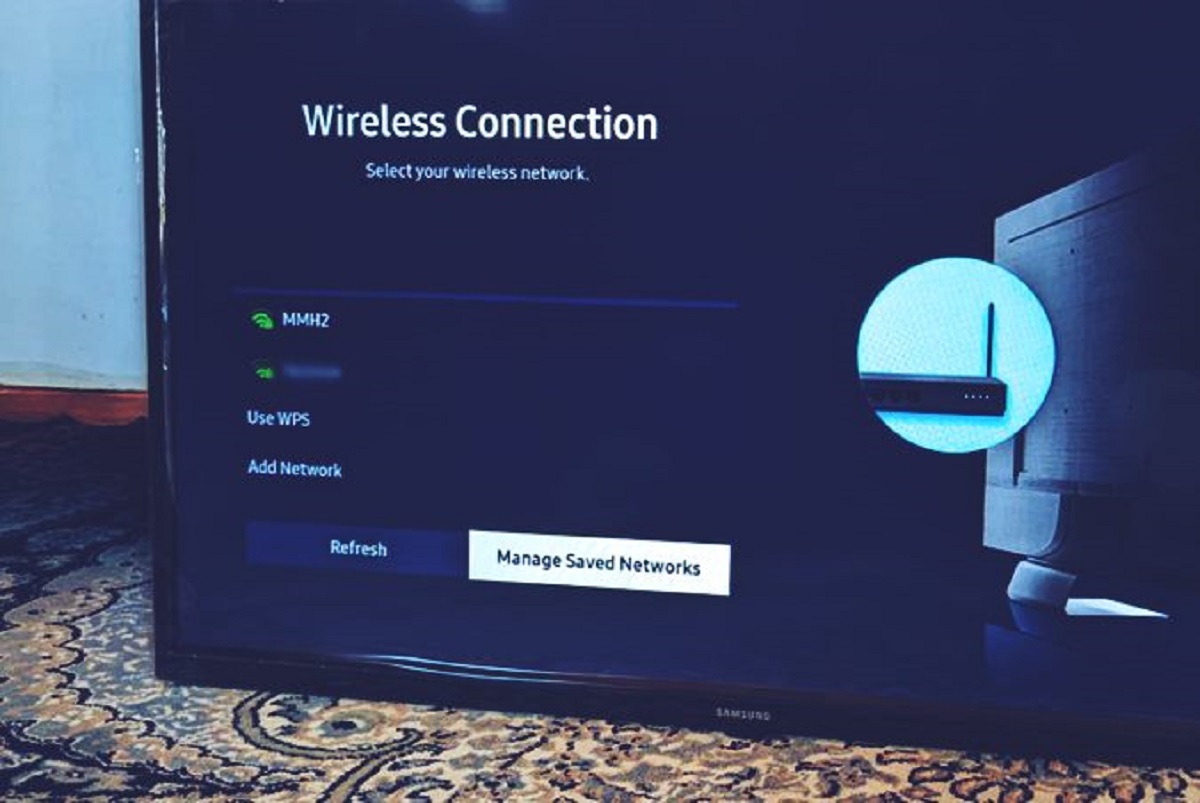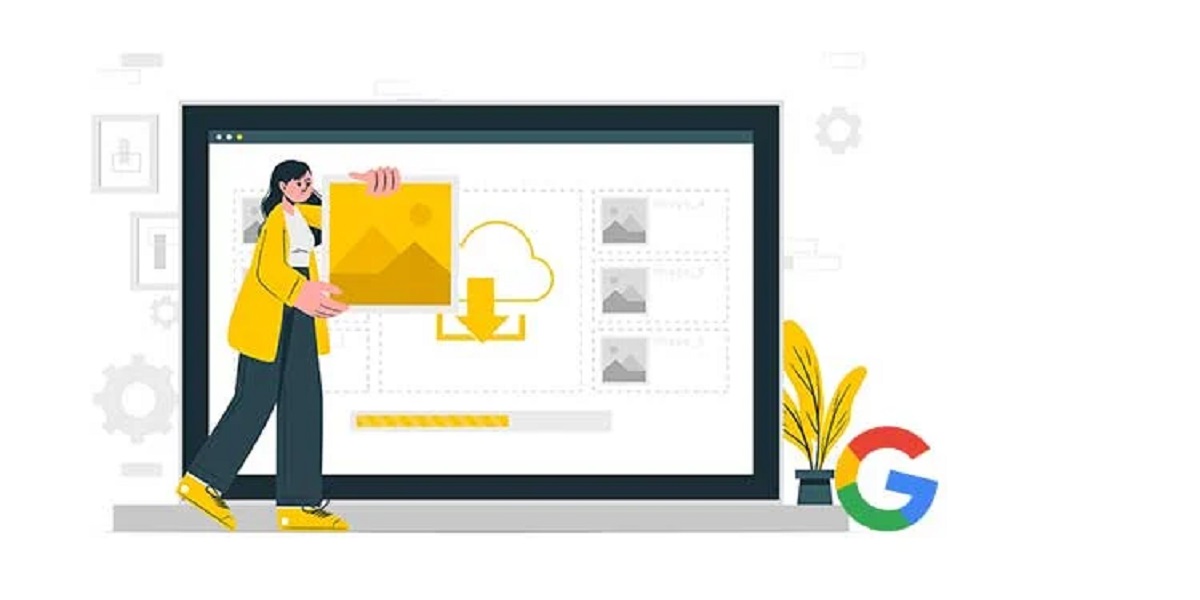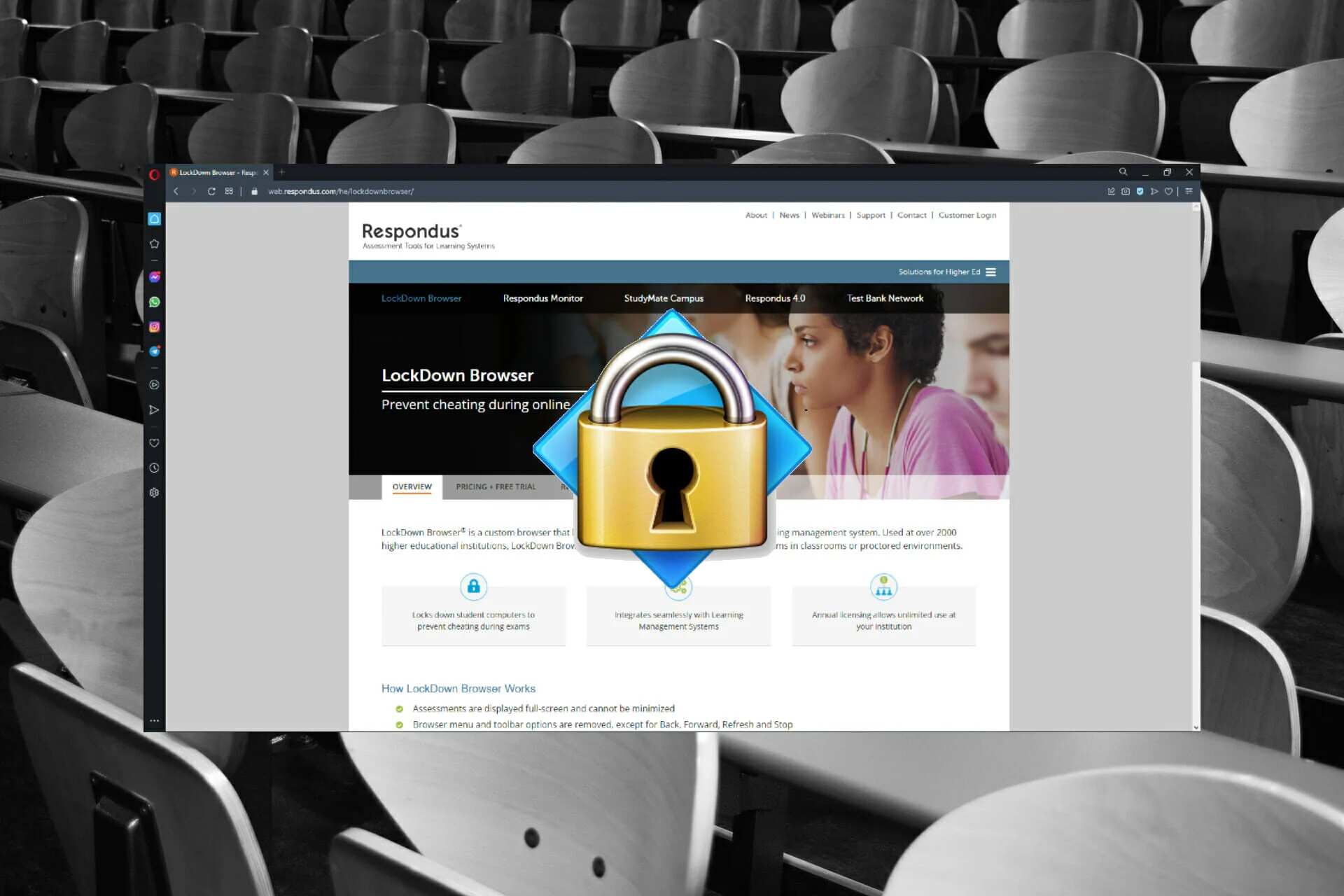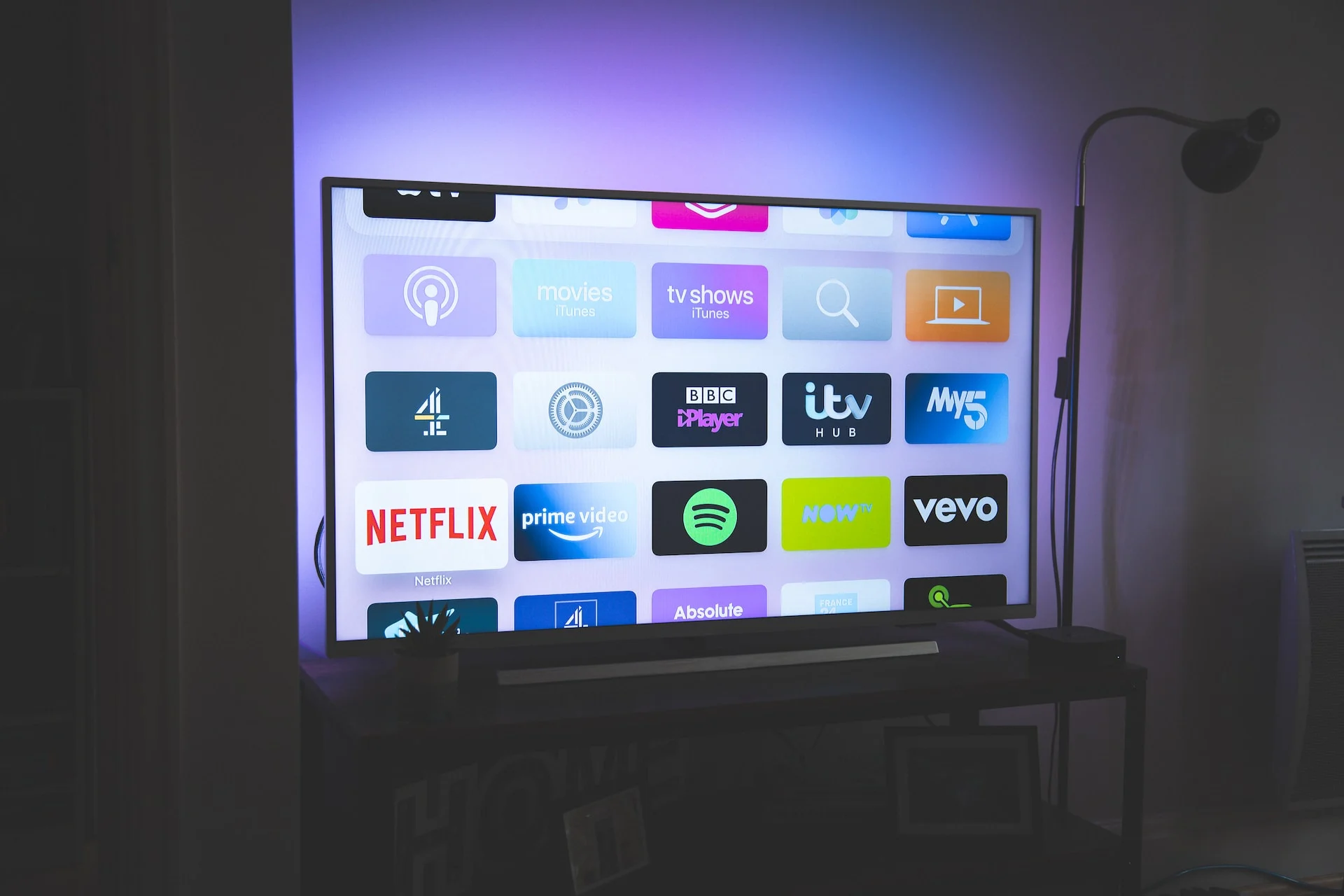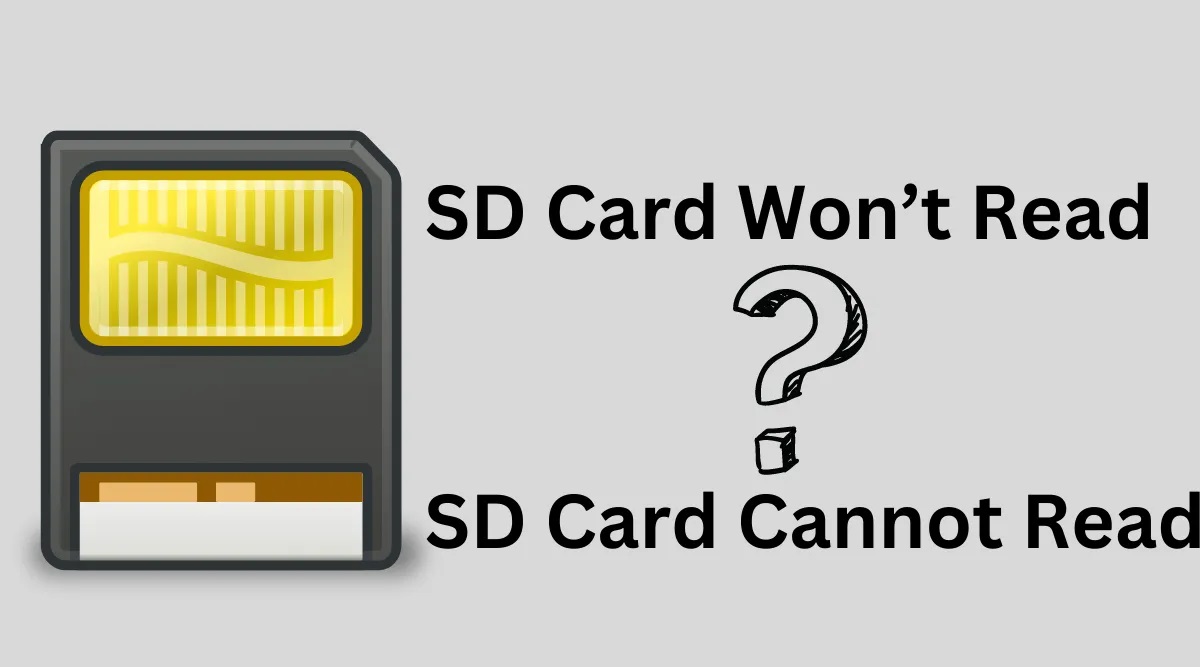Introduction
Welcome to our troubleshooting guide on Google Authenticator! If you’re having trouble with your Google Authenticator app and wondering why it’s not working, you’ve come to the right place. Google Authenticator is a popular two-factor authentication app used to add an extra layer of security to your online accounts. It generates time-based one-time passwords (TOTPs) that need to be entered along with your password to access your account.
However, sometimes things can go wrong, and the app may not work as expected. Don’t worry, though, as we’re here to help you diagnose and resolve the common issues you might encounter with Google Authenticator. Whether you’re facing problems with incorrect codes, sync issues, or any other authentication problems, we’ve got you covered.
In this troubleshooting guide, we’ll walk you through the various common issues with Google Authenticator and provide step-by-step solutions to resolve them. By following these troubleshooting steps, you’ll be able to regain access to your account and ensure your two-factor authentication is working effectively.
Before we dive into the specific issues, it’s important to note that Google Authenticator relies on accurate time and timezone settings, so any discrepancies in these settings can cause authentication problems. Additionally, make sure you’re using the correct account linked to the app. With that in mind, let’s explore the common issues and their solutions in detail.
Common Issues with Google Authenticator
Despite its effectiveness in adding an extra layer of security to your online accounts, Google Authenticator can sometimes encounter issues that prevent it from functioning properly. Understanding these common issues will help you troubleshoot and resolve any problems you may face. Let’s explore some of the most prevalent issues with Google Authenticator:
- Incorrect Time or Timezone: One of the most common issues is when the time or timezone on your device is incorrect. Since Google Authenticator generates time-based one-time passwords (TOTPs), any discrepancy in time can lead to authentication failures.
- Out-of-Sync Authenticator App: If your Authenticator app is out of sync with the server, it may generate incorrect codes. This can happen if your device’s time is not synchronized with the time server.
- Incorrect Code Entered: Mistyping the verification code or entering the code at the wrong time can lead to authentication failure. It’s crucial to enter the code accurately and promptly within the given time frame.
- Authenticator App Not Linked to Correct Account: If you use Google Authenticator for multiple accounts, it’s possible to link the app to the wrong account. This can lead to authentication issues as the generated codes won’t match the account in question.
Now that we have identified the common issues, let’s move on to the troubleshooting steps to resolve them. By following these steps, you can get your Google Authenticator app back on track and ensure a secure login experience.
Issue #1: Incorrect Time or Timezone
One of the most common issues that can cause Google Authenticator to malfunction is incorrect time or timezone settings on your device. Since Google Authenticator generates time-based one-time passwords (TOTPs), any inconsistencies in time can lead to authentication failures. Here’s how to address this issue:
Step 1: Verify Time and Timezone Settings
The first step is to ensure that the time and timezone settings on your device are accurate. To do this, follow these steps:
- Open the Settings app on your device.
- Scroll down and select “Date & Time” or “Time & Date” (varies depending on your device).
- Ensure that the “Automatic date and time” or “Set time automatically” option is enabled.
- If the automatic time setting is disabled, manually set the correct time and date.
- Scroll further down and select “Time Zone” to verify that the correct timezone is selected.
By ensuring that your device’s time and timezone settings are accurate, you can eliminate any potential issues related to time discrepancies.
If the issue persists after verifying the time and timezone settings, proceed to the next step to synchronize your Authenticator app.
Issue #2: Out-of-Sync Authenticator App
If your Google Authenticator app is out of sync with the server, it may generate incorrect codes, leading to authentication failures. This can occur when the time on your device is not synchronized with the time server. Here’s what you can do to resolve this issue:
Step 1: Synchronize Authenticator App
To synchronize your Authenticator app and ensure it is accurately generating codes, follow these steps:
- Open the Authenticator app on your device.
- Locate the three-dot menu icon (typically located in the top-right corner) and tap on it.
- Select “Settings” from the drop-down menu.
- Choose “Time correction for codes.”
- Select either “Sync now” or “Sync accounts.”
- Wait for the app to synchronize with the server.
By synchronizing the app with the server, you ensure that the time-based one-time passwords (TOTPs) generated by Google Authenticator are accurate and aligned with the server’s clock.
If the issue persists after synchronizing the app, proceed to the next step to double-check the code you are entering.
Issue #3: Incorrect Code Entered
Entering an incorrect verification code or inputting the code at the wrong time can lead to authentication failures with Google Authenticator. It’s essential to enter the code accurately and promptly within the given timeframe. Here’s what you should do to address this issue:
Step 1: Double-check the Code
When prompted for the verification code, make sure to double-check the code you are entering. Take note of the following:
- Ensure that you are entering the entire code, including any leading zeros.
- Verify that the code has not expired. Google Authenticator generates time-based one-time passwords (TOTPs) that are only valid for a certain period, typically 30 seconds.
- Make sure the code corresponds to the correct account or service. If you use Google Authenticator for multiple accounts, ensure that you are using the correct code for the specific account you are attempting to access.
By double-checking the code and ensuring its accuracy and validity, you can prevent authentication failures caused by incorrect code entry.
If the issue persists despite entering the correct code, proceed to the next step to verify if the Authenticator app is linked to the correct account.
Issue #4: Authenticator App Not Linked to Correct Account
Another common issue with Google Authenticator is when the app is not linked to the correct account. If you use Google Authenticator for multiple accounts, it’s possible to mistakenly link the app to the wrong account. This can result in authentication issues as the generated codes won’t match the account you’re trying to access. Here’s how to address this problem:
Step 1: Re-link Authenticator App to Correct Account
If you suspect that your Authenticator app is not linked to the correct account, follow these steps to relink it:
- Open the website or service that you want to use with Google Authenticator.
- Go to the two-factor authentication settings or security settings for your account.
- Select the option to “Enable” or “Set up” Google Authenticator.
- Choose the option to link an existing account.
- In the Google Authenticator app, tap the plus (+) button to add a new account.
- Scan the QR code or enter the manual key provided by the website or service.
By following these steps, you can ensure that your Authenticator app is linked to the correct account, allowing it to generate the correct verification codes for successful authentication.
If you have followed all these troubleshooting steps and are still experiencing issues with your Google Authenticator app, you may need to consider reaching out to the support team of the website or service you are trying to access for further assistance.
Troubleshooting Steps
If you’re encountering issues with Google Authenticator, don’t worry! There are several troubleshooting steps you can take to resolve the problem and regain access to your accounts. Let’s walk through these steps one by one:
Step 1: Verify Time and Timezone Settings
The first step is to ensure that the time and timezone settings on your device are accurate. Check that the automatic time setting is enabled and that the correct timezone is selected.
Step 2: Synchronize Authenticator App
If your Authenticator app is out of sync with the server, it may generate incorrect codes. To synchronize the app, access the settings within the app and choose the option to sync now or sync accounts.
Step 3: Double-check the Code
When entering the verification code, make sure to input it accurately and promptly within the specified timeframe. Pay attention to leading zeros, expiration times, and ensure that you’re using the code for the correct account.
Step 4: Re-link Authenticator App to Correct Account
If you suspect that the Authenticator app is not linked to the correct account, relink it by accessing the two-factor authentication or security settings for the account and following the steps to add a new account in the app.
By following these troubleshooting steps, you can often resolve the common issues with Google Authenticator and regain access to your accounts. Keep in mind that if problems persist, it may be helpful to seek further assistance from the support team of the website or service you are trying to access.
Step #1: Verify Time and Timezone Settings
The first step in troubleshooting issues with Google Authenticator is to verify the time and timezone settings on your device. Since Google Authenticator relies on accurate time synchronization, any discrepancies in these settings can lead to authentication failures. Follow these steps to confirm and adjust your time and timezone settings:
- Open the Settings app on your device.
- Scroll down and find the section that relates to date and time, which may be labeled as “Date & Time” or “Time & Date”.
- Ensure that the “Automatic date and time” or “Set time automatically” option is enabled. This allows your device to synchronize its time with the internet or cellular network.
- If the automatic time setting is disabled, toggle it on to enable it.
- Scroll further down and select the “Time Zone” option to check that the correct timezone is chosen for your location. If not, manually select the appropriate timezone.
Verifying and adjusting your time and timezone settings is crucial to ensure that Google Authenticator generates accurate time-based one-time passwords (TOTPs). By keeping your device’s time synchronized, you minimize the risk of authentication failures caused by time discrepancies.
If your Google Authenticator app continues to experience issues despite proper time and timezone settings, proceed to the next troubleshooting step.
Step #2: Synchronize Authenticator App
If your Google Authenticator app is generating incorrect codes or seems to be out of sync with the server, you need to synchronize it to ensure accurate time-based one-time passwords (TOTPs). Follow these steps to synchronize your Authenticator app:
- Open the Google Authenticator app on your device.
- Look for the three-dot menu icon, typically located in the top-right corner of the app, and tap on it.
- In the dropdown menu, select “Settings”.
- Choose the option for “Time correction for codes”.
- Select either “Sync now” or “Sync accounts” to initiate the synchronization process.
- Wait for the app to synchronize with the server. This may take a few moments.
By synchronizing your Authenticator app, you ensure that the generated codes are in sync with the server’s clock. This prevents authentication failures caused by discrepancies in time between your device and the server.
If you’re still experiencing issues with your Google Authenticator app after following this step, proceed to the next troubleshooting step to double-check the code you’re entering.
Step #3: Double-check the Code
When using Google Authenticator, it’s important to enter the verification code accurately and within the designated timeframe. Mistyping the code or entering it at the wrong time can lead to authentication failures. Follow these steps to double-check the code you’re entering:
- Make sure you’re entering the entire verification code, including any leading zeros. Omitting any part of the code will result in an incorrect entry.
- Check the expiration time of the code. Google Authenticator generates time-based one-time passwords (TOTPs) that are only valid for a short period, typically 30 seconds. If the code has expired, the authentication will fail. Wait until a new code is generated and enter it promptly.
- Ensure that you’re using the correct code for the specific account or service you’re trying to log into. If you have multiple accounts linked to Google Authenticator, make sure you’re using the code generated for the correct account. Mixing up codes can result in authentication failures.
By double-checking the code and confirming that it is entered accurately and within the designated time frame, you can minimize the chance of authentication failures. Pay attention to the details and ensure that the correct code is entered for the intended account or service.
If you’re still experiencing issues after double-checking the code, continue to the next troubleshooting step to verify if the Authenticator app is linked to the correct account.
Step #4: Re-link Authenticator App to Correct Account
If you suspect that your Google Authenticator app is not linked to the correct account, it’s essential to re-link it to ensure proper authentication. Follow these steps to re-link your Authenticator app:
- Open the website or service for which you use Google Authenticator.
- Access the two-factor authentication settings or security settings for your account.
- Select the option to enable or set up Google Authenticator.
- Choose the option to link an existing account.
- In the Google Authenticator app, tap the plus (+) button to add a new account.
- Scan the QR code or enter the manual key provided by the website or service.
By re-linking the Authenticator app to the correct account, you ensure that the generated verification codes will match the account you’re trying to access. This eliminates authentication failures caused by incorrect account linkage.
Ensure that you follow the steps accurately, entering the correct information provided by the website or service. Double-check the scanned QR code or the manually entered key to avoid any mistakes.
If you’ve completed all the troubleshooting steps and are still experiencing issues with your Google Authenticator app, it may be helpful to contact the support team of the website or service you’re trying to access for further assistance.
Additional Tips and Tricks
Along with the troubleshooting steps outlined earlier, there are some additional tips and tricks you can employ to optimize your usage of Google Authenticator:
- Backup Your Accounts: Set up a backup method, such as printing or saving the QR codes or manual keys, to ensure you can regain access to your accounts if you switch devices or lose your current device.
- Enable Automatic Time Synchronization: Keep the “Automatic date and time” or “Set time automatically” option enabled on your device. This ensures that your device’s time is synchronized with the internet or cellular network.
- Use Multiple Authentication Methods: Consider enabling additional authentication methods, such as backup codes or security keys, alongside Google Authenticator. This provides an extra layer of security and backup options in case you encounter issues with the app.
- Keep Your Device Secure: Protect your device from unauthorized access by using biometric authentication, setting a strong passcode, and keeping your operating system and apps up to date with the latest security patches.
- Regularly Review and Manage Linked Accounts: Periodically review the accounts linked to your Google Authenticator app. Remove any accounts that are no longer in use or should not have access to your authentication codes.
- Consider Using Authenticator Apps on Multiple Devices: Some authenticator apps offer the option to sync accounts across multiple devices. Consider using this feature to have backup access to your codes or to use Google Authenticator on different devices simultaneously.
By implementing these additional tips and tricks, you can enhance the security and usability of your Google Authenticator app. Remember to always prioritize the security of your accounts and regularly review your authentication settings for optimal protection.
Conclusion
Google Authenticator is a powerful tool for adding an extra layer of security to your online accounts. However, it’s not uncommon to encounter issues with the app from time to time. By following the troubleshooting steps outlined in this guide, you can effectively address and resolve the most common issues with Google Authenticator.
First, verify that your device’s time and timezone settings are accurate. This ensures that the generated authentication codes align with the server’s clock. Next, synchronize your Authenticator app to eliminate any discrepancies between the app and the server. Double-check the codes you enter, ensuring accuracy and promptness within the specified timeframe. Additionally, verify that your Authenticator app is linked to the correct account, as using the wrong codes can lead to authentication failures.
Remember to consider additional tips and tricks to optimize your Google Authenticator experience. Take steps to backup your accounts, enable automatic time synchronization, and consider using multiple authentication methods for added security. Keep your device secure and regularly review and manage your linked accounts to maintain a robust authentication setup.
If you’ve followed these steps and are still experiencing issues with Google Authenticator, don’t hesitate to reach out to the support team of the website or service you’re trying to access for further assistance.
With the troubleshooting knowledge gained from this guide, you’ll be well-equipped to overcome any challenges and ensure a secure and hassle-free experience with Google Authenticator.









